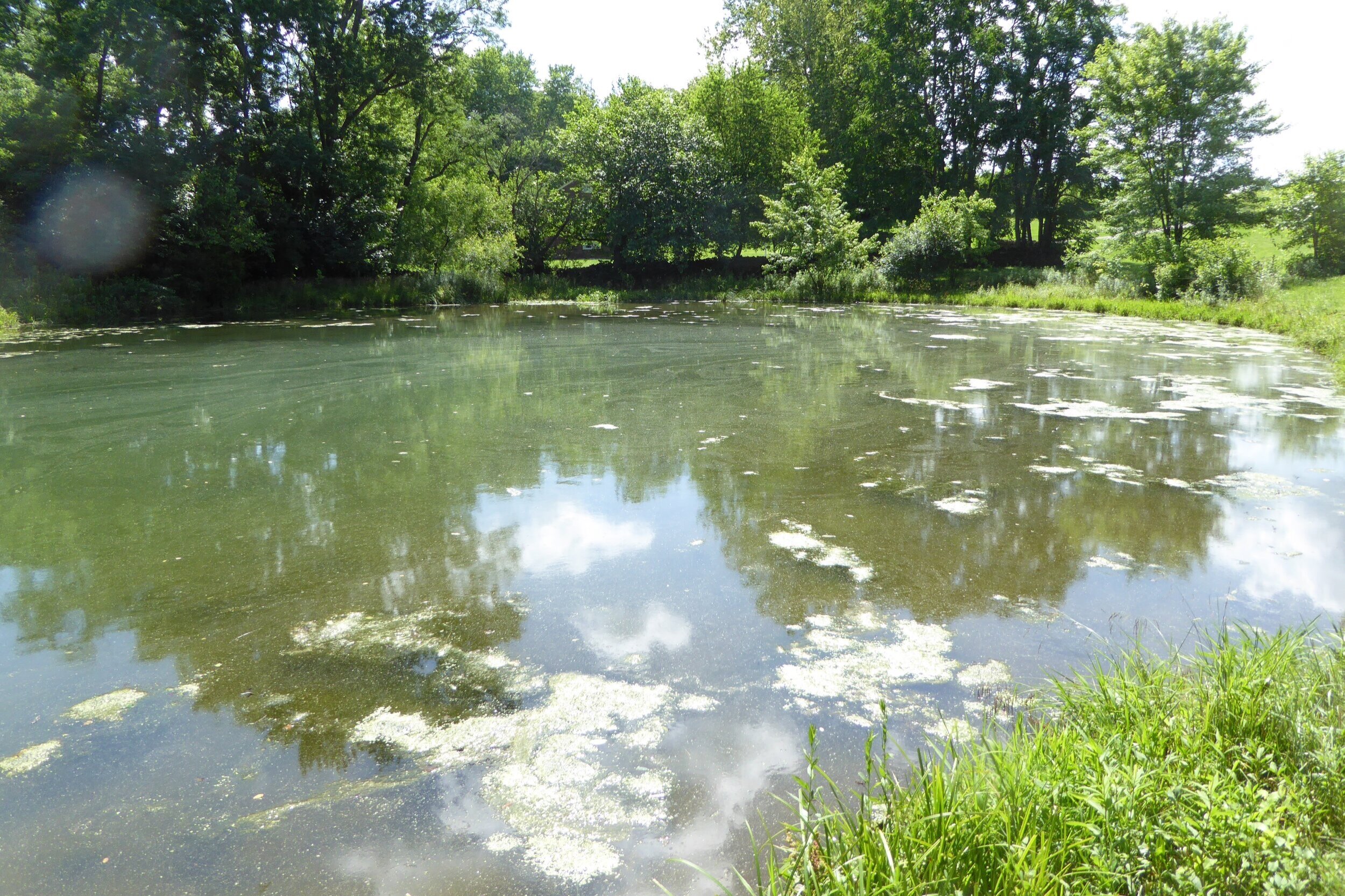
Climate Action:
Water Infrastructure
Key Steps to Cut Carbon:
Conduct a climate analysis on watersheds, to asses their capacity for storm events.
Create redundancy in water supplies that allow the flexibility to shift between surface and groundwater options where available.
Have cities prepare an action plan for adding decentralized water supply and sanitation options to provide resilience and complement centralized systems. This would include cisterns and grey water recycling.
Integrate more water conservation and green infrastructure options for stormwater management for reducing climate impacts (the ability to withstand increased rainfall, droughts) such as permeable surface materials for paved areas, rainwater collection systems and bioswales.
Promote systems where the local community remains involved in critical water infrastructure. Develop citizen engagement for a “water smart” culture, to augment official data gathering to introduce water stewardship and climate change concepts. Promote systems where the local community remains involved in critical decision-making on how and where their drinking water is sourced and their wastewater is managed.
Conduct a Climate Analysis
Cities are addressing more frequent and intense weather events as CO2 levels rise. These extreme weather events need to be integrated into disaster and emergency planning in every community. Our water and wastewater systems need to not only be more resilient, they need to prepare for system redundancies to address these extreme events. Building and maintaining a water supply system resilient to climate events requires multiple strategies.
Kentucky, similar to many states, is dealing with significant issues related to an aging infrastructure for water and wastewater treatment and delivery. As these older systems are replaced, it creates an opportunity for strategic investment and planning for this new weather reality. According to Kentucky’s Rural Water Association, the average age of our water treatments plants in Kentucky is over 37 years old, and many water lines are over 50 years old. As for our wastewater plants, the average age is over 35 years old and rural sewer lines are over 50 years old. All told, the expense to modernize drinking water and wastewater infrastructure will total an estimated $15 billion over the next 20 years.
Our water and wastewater systems are already failing. Citizens in Martin County, Kentucky have been dealing with months of contaminated drinking water and a system that loses 50% of their water supply through pipeline leakages. But according to the U.S. Conference of Mayors, every dollar invested in water infrastructure adds $6.35 to the national economy. So while the investment will be massive, the benefits are many, particularly if we can also incorporate climate resiliency and redundancy into the infrastructure design.
Green Infrastructure
Because of consent decrees in many cities to separate sewer and stormwater infrastructure, this has allowed important upgrades to take place. Lexington, for example, has been going through a multi-year conversion of its sewer and stormwater systems, starting with an assessment of high-flood areas, stormwater system vulnerability, and priority project areas. The Kentucky Watershed Watch and Kentucky Waterways Alliance released a full Green Infrastructure Assessment for Lexington in 2014.
Lexington has integrated many different tactics to slow down the amount of water that their systems can absorb in a major storm event, including the integration of more permeable pavement, rain gardens, natural retention basins and major manufactured detention systems. All of these are designed to slow the impacts of a major rain event on the collection system as a whole.
They also have coordinated a rapid response partnership between their Division of Water Quality and their Fire departments to manage emergencies that may affect source water.



